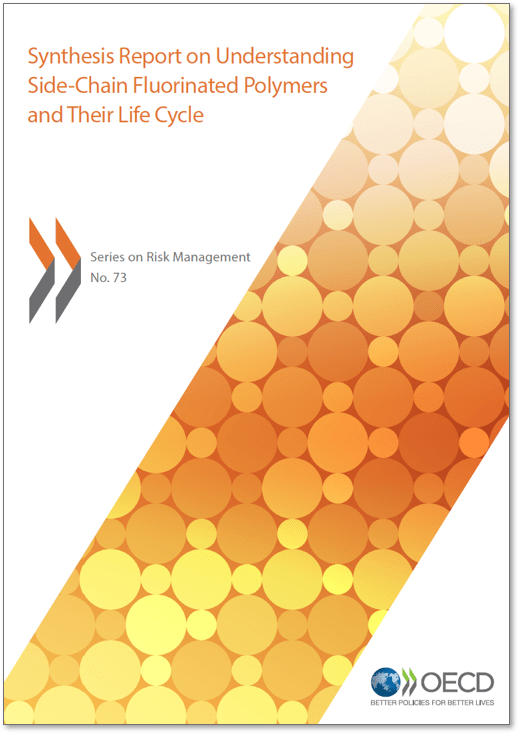Per- and polyfluoroalkyl substances (PFASs) are synthetic compounds that have been under scrutiny due to their persistent nature and potential hazards. Initially, concerns were raised about two specific PFASs – perfluorooctanoic acid (PFOA) and perfluorooctane sulfonic acid (PFOS), but this has broadened to include a larger group of these chemicals. The focus of research and risk management has mostly been on non-polymeric PFASs, but there is a growing realization of the importance of understanding polymeric PFASs, such as side-chain fluorinated polymers (SCFPs), to manage the risks associated with the entire PFAS class.
The report presents information gathered by the OECD/UNEP Global PFC Group between July 2021 and April 2022, particularly focusing on SCFPs. SCFPs are polymers with a non-fluorinated backbone that contain PFAS moieties on their side chains. The report lists 103 SCFPs and 42 monomers, categorizing them based on their PFAS moieties, such as n:2 fluorotelomers, perfluoroalkanesulfonyl fluoride derivatives, perfluoroalkanoyl fluoride derivatives, and perfluoropolyethers, which vary in fluorinated carbon chain lengths. They can also be categorized by the structural repeating units in the polymer backbone, with classes including acrylates, ethoxylates, oxetanes, silicones, and urethanes.
Detailed analyses on the lifecycle of SCFPs are separated by the polymer backbone structure in chapters 3 to 6 of the report, covering production and use, presence in commercial formulations, degradation during use and end-of-life, environmental release, and knowledge gaps with suggestions for further research. Chapter 7 consolidates overarching conclusions and recommendations. Accompanying the report are annexes containing data on substance identities, use information, impurity studies, degradation studies, and release data.
Despite the extensive information available, SCFPs and their degradation products have not been as rigorously investigated as non-polymeric PFASs. SCFPs are used across various industries and applications, sometimes in very large quantities. These compounds, along with non-polymeric PFASs, are found in commercial SCFP formulations and can be released into the environment during their lifecycle. It is believed that SCFPs can degrade into non-polymeric PFASs, contributing significantly to the global burden of these substances.
The report calls for comprehensive action from all stakeholders to address SCFPs effectively. It emphasizes the need to fill critical knowledge and data gaps to create a sound regulatory framework. Suggestions include tapping into information in safety data sheets, patents, and leveraging data from manufacturers that have not been publicly shared. It also recommends regular updates on public information to strengthen the knowledge base on SCFPs.
Furthermore, the report suggests that alongside filling data gaps, there should be development and promotion of stewardship programs and regulatory measures at national and international levels. These actions should aim to reduce SCFP emissions and related PFASs and work towards their global elimination where feasible.
The full report may be downloaded here:

